Göbekli Tepe, which is located 15 kilometres east of the city of Şanlıurfa (SE-Turkey), is an artificial mound (höyük) comprised of archaeological deposits from a period spanning some 1.500 years (~9.500-8.000 BC) and corresponding to the transitional period from hunter-gathering to farming in the Near East. The architectural structures discovered at the site include some of the world’s earliest monumental buildings characterized by monolithic T-shaped pillars, sometimes adorned with multiple depictions of wild animals in low and high relief, occasional human images and symbols.
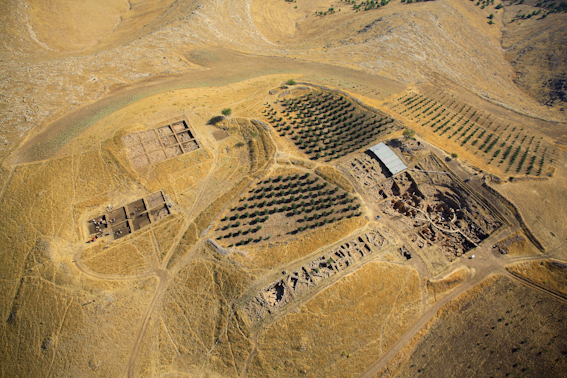
First discovered in 1963 by a Turkish-American archaeological survey team, fieldwork only began in 1995 as a co-operation between the Şanlıurfa Museum and the Istanbul Department of the DAI. Since 2009, the site is the focus of a German Research Foundation (DFG) long-term funding project.
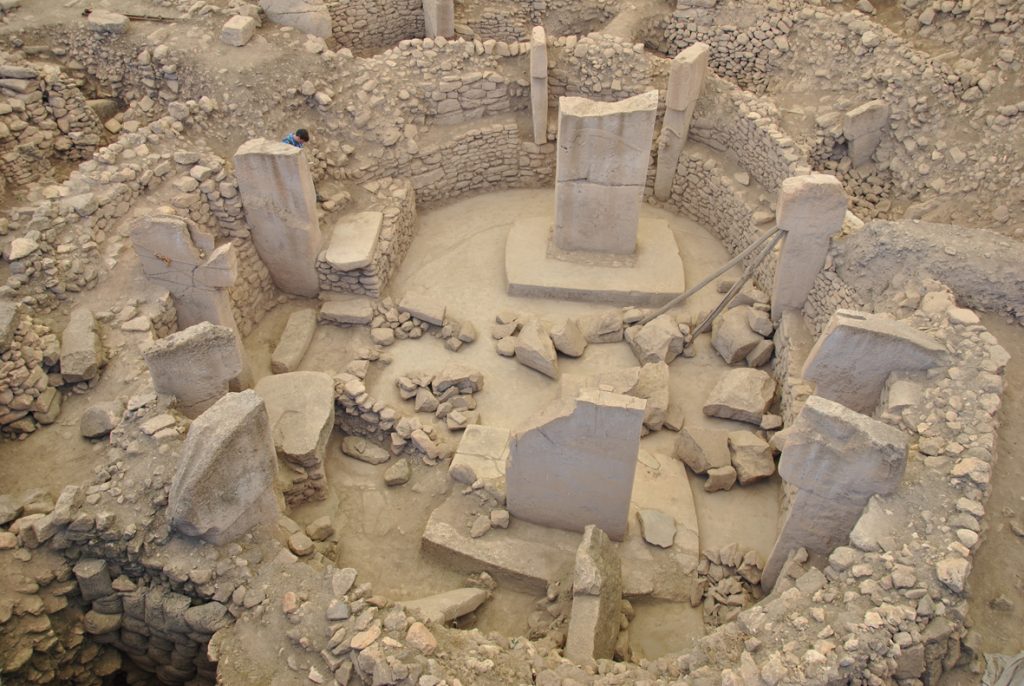
Based on its great antiquity and archaeology, Göbekli Tepe was soon interpreted as a ritual site or sanctuary. Subsequent hypotheses suggested that the demands made by prehistoric hunter-gatherer belief systems may have triggered technological innovations, including the domestication of animals and plants. As such, the site was ground-breaking in that it reversed previous opinions which considered domestication processes as essential for the emergence of religion. Meanwhile, however, new research by an interdisciplinary team from DAI, LMU Munich and FU Berlin, in close collaboration with the excavation directorship at the Şanlıurfa Museum, is highlighting the previously overlooked status of the site as a hunter-gatherer settlement. Furthermore, new insights relating to the biographies of the monumental structures, the site stratigraphy and the many thousands of finds are challenging many of the earlier conclusions relating to this breathtaking site.
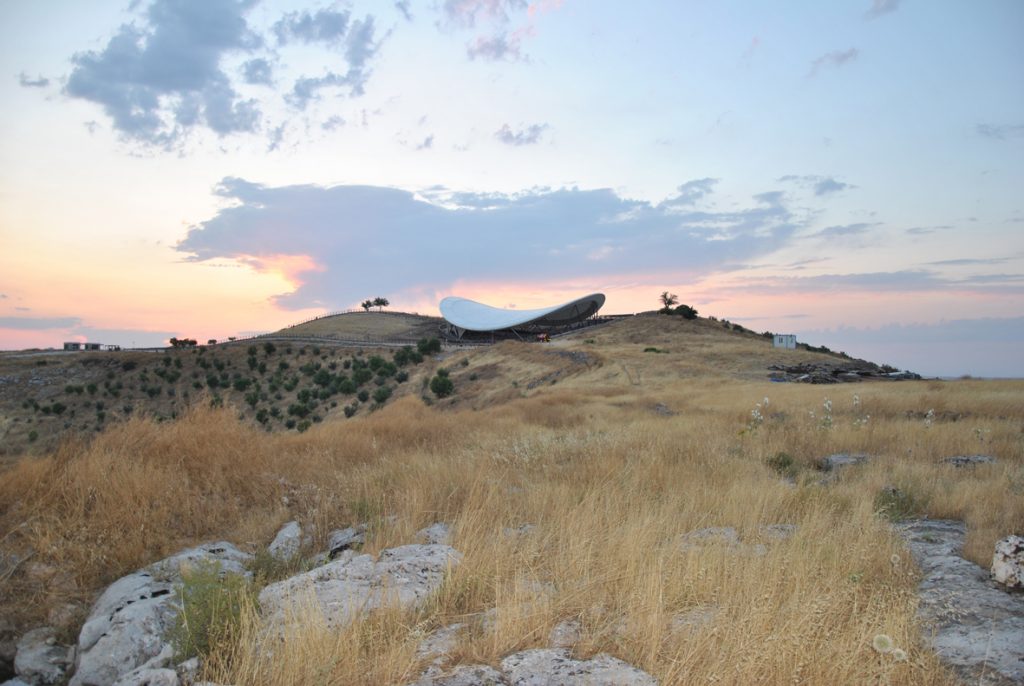
The mound of Göbekli Tepe as seen from the south. A new shelter construction was erected to protect the archaeological site. (Photo: Göbekli Tepe Archive, DAI) 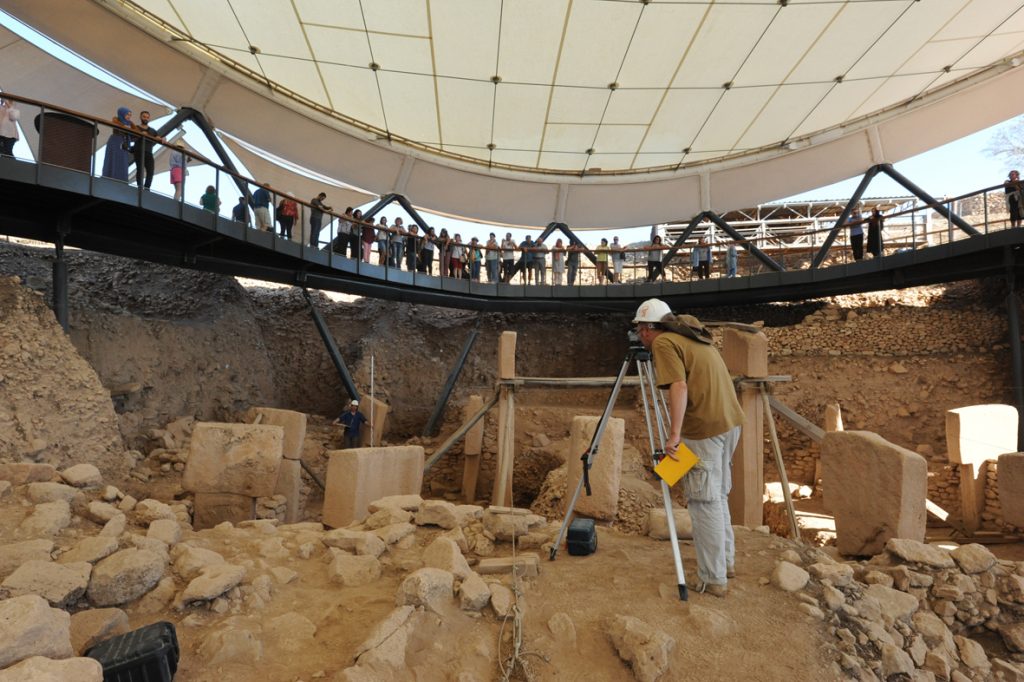
The new permanent shelter provides visitors not only with unprecedented views of the excavated monumental buildings but also allows them to get close to the archaeologists working at the site. (Photo: Göbekli Tepe Archive, DAI) 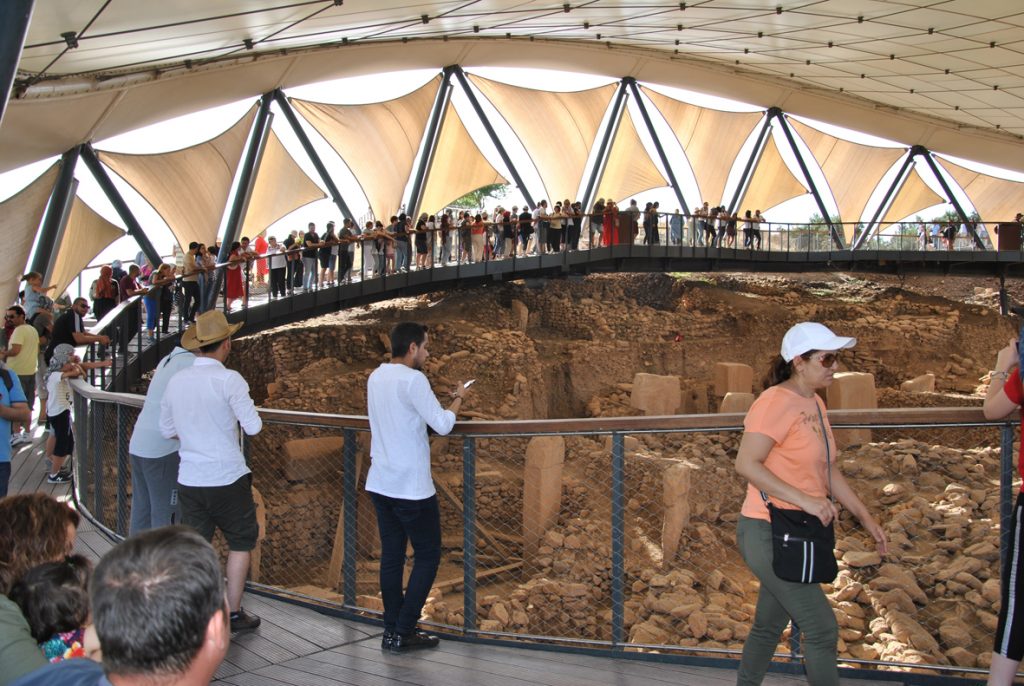
Since its addition to the UNESCO World Heritage List in 2018, the archaeological site of Göbekli Tepe has attracted growing touristic interest. (Photo: Göbekli Tepe Archive, DAI)
In 2018, the outstanding universal value (OUV) of Göbekli Tepe was acknowledged through its inscription in the prestigious UNESCO World Heritage List.